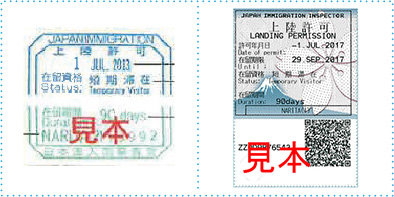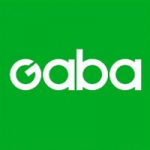
For this article, we’re going beyond the typical Pasmo or Suica cards used for daily public transport in Japan. The JR Pass encompasses the Tokyo Metro (Yamanote Line), plus so much more like the Narita Express or even bus and ferry lines.
Background on the JR Pass
The JR Pass is a joint offering by six companies that make up the Japan Railways Group (JR Group), namely, JR East, JR West, JR Central, JR Hokkaido, JR Shikoku, and JR Kyushu. There are three other operating companies in the group that offer other services like freight, research, and information technology. The group’s goal is to make travel throughout the whole of Japan more economical and convenient.
Here’s a breakdown of the JR Group’s service regions for reference

JR Pass rules, disclaimers and qualifications
Gone are the days when JR Passes can only be purchased from abroad, whether online or through an agency or sales office. Today, you can reserve and buy tickets online, domestically or internationally. When purchasing from outside Japan, you are first given an exchange certificate which will be converted into your JR Pass upon arrival. You can check out the purchase methods here.
Take note that a JR Pass needs to be activated (at the airport or most train stations), marking day 1 of the ticket’s duration. You’re not allowed to pause in between days, so it’s best to finalize your itinerary before purchasing a ticket.

There are certain conditions to remember before purchasing a JR Pass, such as the “Nozomi” and Mizuho” trains on the Tokaido, Sanyo, and Kyushu Shinkansen Lines not being eligible for the rail pass or the type of visa the purchaser is holding.
According to the JR Group, the JR Pass is a special fare ticket only available to travelers visiting Japan from abroad for sightseeing. Therefore, you must have a Temporary Visa entry status, allowing you to stay in the country for 15-90 days for purposes like sightseeing.
Here’s the sample “Temporary Visa” entry status stamp required for your JR Pass to become valid.

There’s another eligibility requirement for Japanese living abroad who want to purchase a JR Pass for a tour in Japan. Full details can be found here.
JR Pass types and prices
Now that you’re acquainted with the rules and disclaimers, here’s a breakdown of the ticket types and corresponding costs. For those with the Temporary Visitor visa status, there are three types of JR Passes to choose from, further categorized by the user’s age and the seat type (ordinary for standard seats or green for more spacious seats, much like traveling in first-class).
For those purchasing a nationwide JR Pass online or at a ticket office in Japan, here are the types of passes and the price.

Here are the prices for those purchasing overseas and getting an exchange certificate first.

How to choose the JR Pass for you
Based on the map mentioned earlier, it’s easy to get confused about which JR Pass to get, whether the nationwide one that costs almost ¥30,000 for a week or a more specific ticket that’s cheaper. If your itinerary covers Tokyo, Osaka, and Kyoto, then the nationwide pass covering JR East, Central, and West is your best option. This allows you to make changes and explore any other part of Japan as well.
However, if you are visiting a particular region, you can either pick one of the three regional passes:
or only a part of a region:
- JR Kansai Area Pass
- JR Kansai Wide Pass
- JR Kansai – Hiroshima Pass
- Alpine-Takayama-Matsumoto Area Tourist Pass

You also have the passes that link different JR regions, such as the JR East-South Hokkaido Rail Pass, Osaka-Tokyo-Hokuriku Arch Pass, or Sanyo-San’in Northern Kyushu Pass.
Some of the regional passes mentioned above cost half of the nationwide version, giving you extra savings, as long as it covers your sightseeing itinerary. Many JR Passes also offer unlimited rides on the JR local trains, buses, ferries, and private railways along the route, so you don’t need to purchase extra tickets!
You can check out JR Pass’ official website for more details.
JR Passes for foreign residents
As a result of the coronavirus pandemic and tourists entering Japan becoming non-existent, the JR Group had to change its business model to focus on the local population, making the passes available to foreign residents regardless of visa status. For example, JR East made the Tohoku Area Pass and Nagano-Niigata Area Pass available to foreign residents.

The JR Kansai Wide Excursion Pass soon followed, costing only ¥10,000 for a three-day ticket. The JR Passes available to foreign residents vary based on the region and can only be purchased within a specific period, so it’s best to check travel guides to confirm availability.
With Japan finally opening up borders to tourists, you might soon need some transport methods. Meanwhile, those who’ve been in Japan and need some time to recharge away from the city are in luck because they can do so without purchasing the ultra-expensive one-way shinkansen tickets. Hopefully, the guide above helped!















